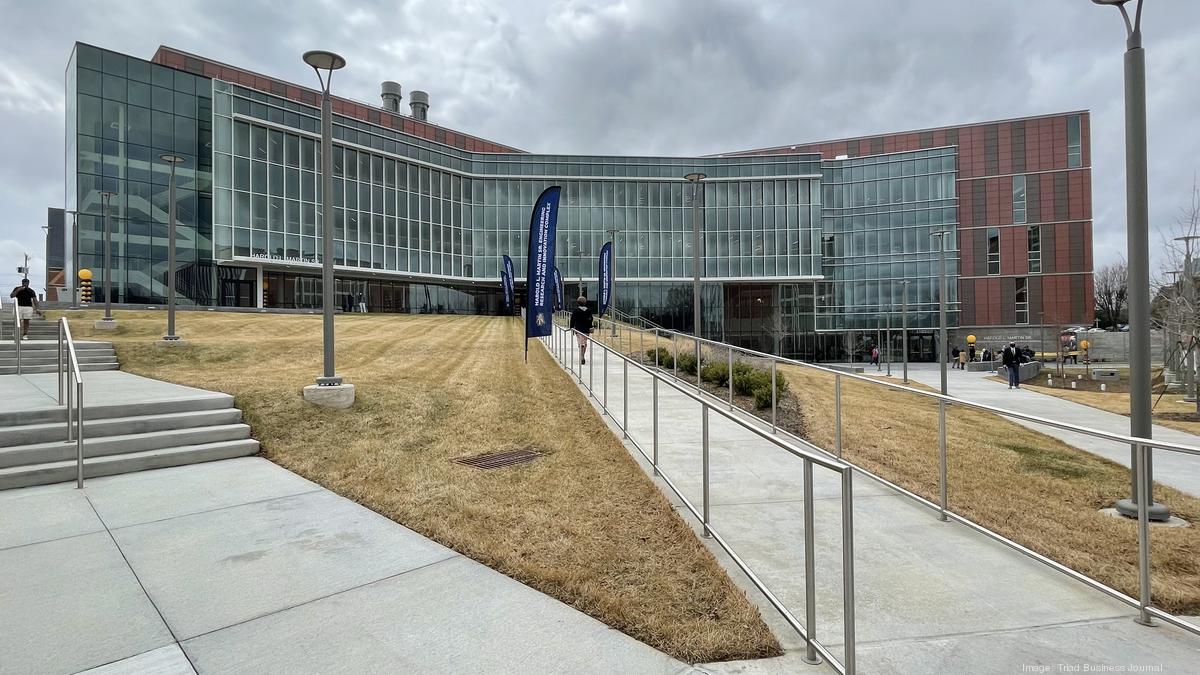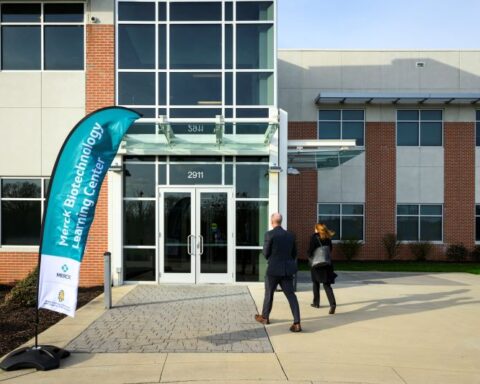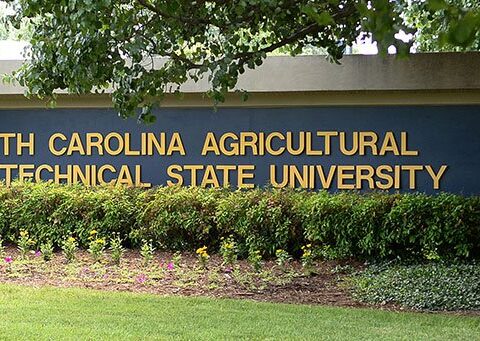By Jamie Crockett
The U.S. Department of Energy (DOE) has funded North Carolina Agricultural and Technical State University’s proposal to establish the “Climate Resiliency Center (CRC) in Piedmont Triad of North Carolina.” The announcement is in conjunction with the first White House Summit on Building Climate Resilient Communities and various actions the administration is taking to address a changing climate.
DOE selected recipients from North Carolina, Arizona, Maryland, California and Michigan to receive a combined $5 million to establish Climate Resilience Centers that, according to the White House, “will improve the use and utility of DOE climate science and engagement with local communities to address … challenges while also supporting historically Black colleges and universities and minority serving institutions.”
N.C. A&T’s three-year project is led by principal investigator (PI) Solomon Bililign, Ph.D., a professor of physics in the College of Science and Technology. His co-PIs at the university are Ademe Mekonnen, Ph.D., professor of physics; Marc N. Fiddler, Ph.D., senior research associate and adjunct chemistry professor; and George Stone, Ph.D., professor of marketing. They will collaborate with S. Shree Dorestant, DM, chief sustainability officer of the City of Greensboro’s Office of Sustainability and Resilience, and Pacific Northwest National Laboratory (PNNL) scientists ManishKumar Shrivastava, Ph.D., and Samson Hagos, Ph.D.
“We’ll be looking at climate impacts on vulnerable communities in the Triad area of North Carolina, primarily Greensboro, Winston-Salem and even Charlotte,” said Bililign. “We are also trying to investigate the formation of secondary organic aerosols from the interaction of biogenic emissions from plants and trees in the region with anthropogenic emissions (fossil fuel emissions) that can form ground-level ozone, which is a pollutant.”
The team’s proposal underscored the importance of using modeling studies to quantify the effects of a changing climate on air quality and urban heat, and the subsequent undue burden on marginalized communities in these cities. To achieve this end, involving community members in Citizen Science and crowdsourcing engagement projects will help “define metrics for impacts and resilience and integrate scientific and community understanding.”
Other stated goals of A&T’s CRC include:
- to address environmental equity concerns focused on climate resiliency in the Piedmont
- to build and sustain a trusting relationship between the scientific community, policy makers and the community, which will hopefully, in turn, create opportunities for community participation
- to develop tools that could be used to inform city planning decisions and to collaborate with the City of Greensboro and its Community Sustainability Council to conduct community outreach and focus group meetings with residents
- to educate, train and sustain a world-class diverse workforce with climate science skills, which will focus on including minorities in modeling and instrument selection, deployment and data analysis
- to develop culturally and socially relevant activities to support students’ engagement, agency and social responsibility
The PNNL scientists will assist with the experiential and modeling aspects of the research and training students, and Stone will collaborate with the City of Greensboro to conduct the focus groups in various areas.
In December 2019, Greensboro City Council passed a Resolution to Support Establishment of a 20-year Strategic Energy Plan (SEP) with goals to transition to 100% renewable energy by 2040, which includes a “robust and inclusive program of public engagement, outreach, and education.”
“Since the adoption of the SEP in December 2022, the Office of Sustainability and Resilience (OSR) have been actively increasing our engagement with the community. The conversations are endless as to how we’re tracking progress towards the 100% renewable energy goal by 2040,” said Dorestant. “While the SEP includes a myriad of goals, strategies and recommendations for achieving its vision of 100% renewable energy in less than 20 years, it’s going to take a tremendous amount of collaboration to get there.
Dorestant supports the Citizen Science approach because “outreach is essential to help our community members become more aware of the climate crisis, understand the significance of sustainability and resiliency, and also to feel a part of the study/fully immersed in the change we wish to see.”
“When Dr. Bililign reached out informing of his proposal and asked to work with the City of Greensboro to engage with the community at-large, especially the disadvantaged areas, I knew we had to be a part of and in full support of this effort,” said Dorestant. “What immediately drew me to the proposal was its tie-in to resiliency planning, environmental equity, and the education and outreach component that are key to the City of Greensboro mission, core values, and philosophy. OSR is not just sustainability, but resiliency as well and they’re both interconnected.
“We need to plan better and be more proactive, not reactive – in order to be better prepared for the future as our communities are now facing extreme weather events more frequently than ever before.”
Bililign served as a climate science advisory panel member and contributing author of the peer-reviewed 2020 North Carolina Climate Science Report, which concluded that “scientists expect the warming to continue in North Carolina through this century in all seasons … and the amount of warming will depend on future emissions of heat-trapping gases,” among other findings.
The team will begin the CRC project this fall.
“These awards will go to institutions that serve communities affected by the changing climate and will improve both basic climate science and community resilience,” said Asmeret Asefaw Berhe, DOE’s director of the Office of Science. “These centers will grow the next generation of scientists and leaders so they can tackle the tough problems that we know we will face in America’s diverse communities over the course of this century.”





